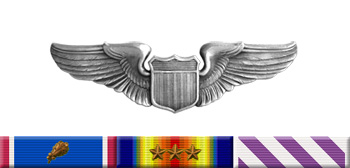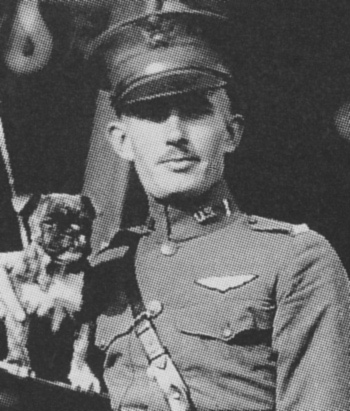
|
Field E. Kindley |
 |
|||
| Rank, Service | ||||
Captain, U.S. Army Air Service |
||||
| Veteran of: | ||||
|
||||
| Tribute: | ||||
Field Kindley was born on March 13, 1896, in Prairie Grove, Arkansas. He enlisted in the Kansas National Guard in May 1917, and transferred to the Aviation Section of the Army Signal Corps for flight training in July 1917. After attending the School of Military Aeronautics at the University of Illinois, he was sent to England for advanced flight training in September 1917, and was commissioned a 1st Lt in April 1918. His first assignment was flying Sopwith Camels with the Royal Air Force's 65th Squadron from May to July 1918, where he was credited with destroying 1 enemy aircraft in aerial combat. Lt Kindley next served with the 148th Aero Squadron of the U.S. Army Air Service from July 1918 until the war ended in November. During this time he was credited with destroying 11 more enemy aircraft, for a total of 12 in World War I. After the war, Capt Kindley commanded the 94th Aero Squadron at Kelly Field, Texas, and he died from injuries received in an aircraft crash on February 1, 1920. He was buried at Hillcrest Cemetery in Gravette, Arkansas. |
||||
|
||||

